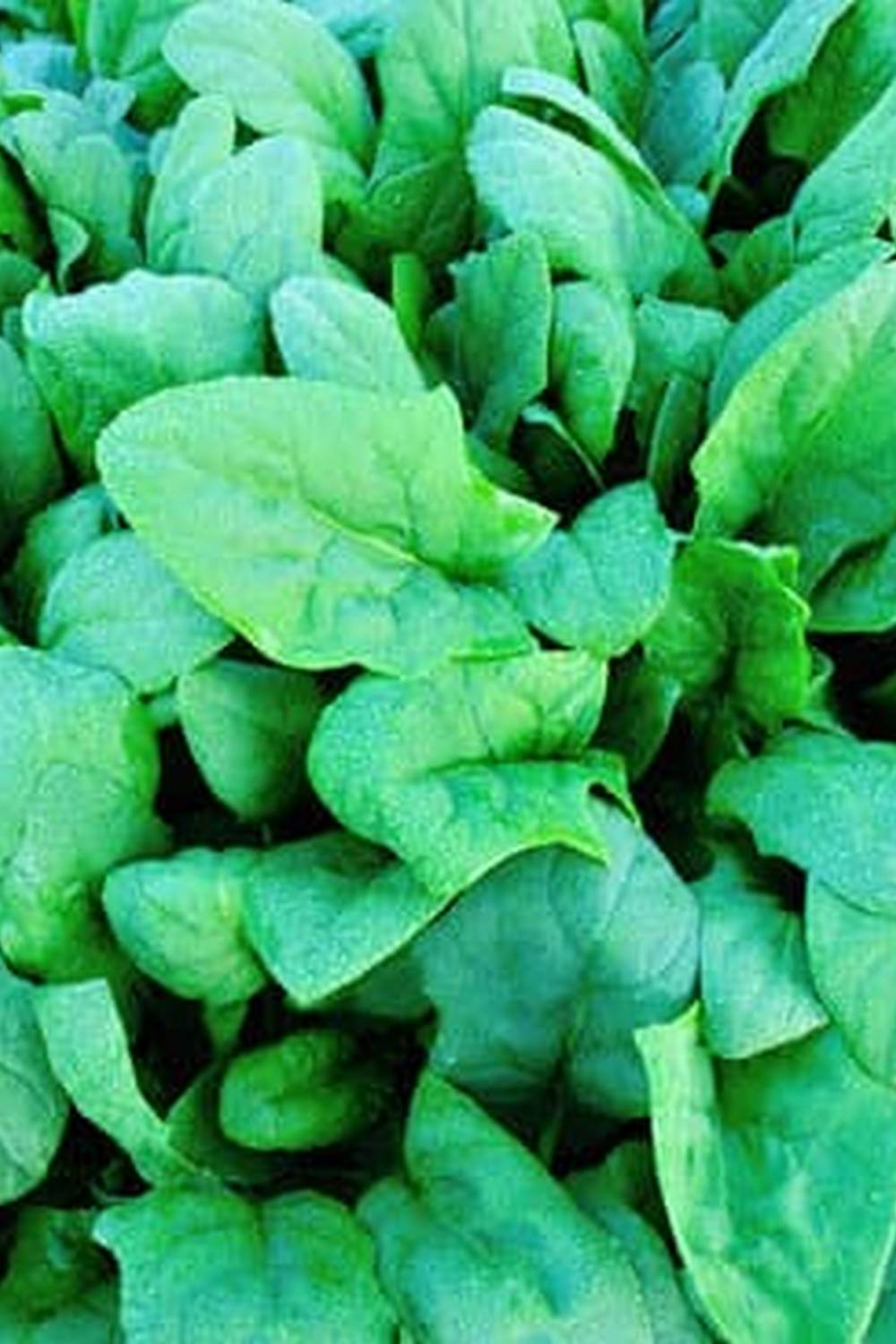Community gardens grow your own vegetables and herbs, providing a rewarding experience that goes beyond just harvesting fresh produce. These shared spaces not only offer individuals the opportunity to cultivate their own food but also foster a sense of community, promote sustainability, and address food insecurity. In this article, we will delve into the various benefits of community gardens and explore how they contribute to the well-being of both individuals and neighborhoods.
Community gardens are communal spaces where people come together to grow fruits, vegetables, and herbs collectively. These gardens can be found in urban areas, suburban neighborhoods, or even rural communities. Participants typically share responsibilities such as planting, watering, weeding, and harvesting, creating a sense of cooperation and camaraderie among members. Additionally, community gardens often provide educational opportunities for participants to learn about gardening techniques, environmental stewardship, and healthy eating habits.
Growing your own vegetables and herbs offers numerous benefits for both physical health and mental well-being. Not only does it give you access to fresh produce free from pesticides and other harmful chemicals, but it also allows you to connect with nature and engage in physical activity.
Furthermore, cultivating your own food can instill a sense of pride and accomplishment as you watch your plants thrive and produce bountiful harvests. Community gardens provide individuals with a unique chance to reconnect with the earth, improve their diet with nutritious foods, and reduce stress through outdoor activities.
What Are Community Gardens and How Do They Work?
Community gardens are shared spaces where individuals from a community come together to cultivate fruits, vegetables, herbs, and flowers. These gardens are typically maintained by volunteers and offer residents the opportunity to grow their own produce in a communal setting. The concept of community gardens has been gaining popularity in urban areas as a means to promote sustainable living, engage with neighbors, and address food insecurity issues.
To understand how community gardens work, it is important to recognize that these spaces operate on the principles of cooperation and sharing. In a community garden, participants are usually assigned plots or sections where they can plant and care for their chosen crops.
Tasks such as watering, weeding, and harvesting are shared among members to ensure the success of the overall garden. Additionally, many community gardens also offer educational programs and workshops to help participants learn about gardening techniques and sustainable practices.
- Community gardens provide individuals with access to fresh and nutritious produce that they may not have the space or resources to grow on their own.
- These spaces also serve as valuable learning environments where people can develop new skills, connect with nature, and foster a sense of pride in cultivating their own food.
- By bringing together people from diverse backgrounds and ages, community gardens create opportunities for social interaction, collaboration, and mutual support within neighborhoods.
Overall, community gardens play a crucial role in promoting healthy lifestyles, fostering environmental awareness, and building stronger communities. By working together towards a common goal of growing fresh produce, participants in these gardens not only reap the physical benefits of eating nutritious food but also experience the mental satisfaction that comes from contributing to something bigger than themselves.
With the increasing interest in sustainability and self-sufficiency, community gardens continue to serve as beacons of hope for building more resilient societies.
The Importance of Growing Your Own Vegetables and Herbs
Growing your own vegetables and herbs at community gardens not only benefits individuals but also the environment and the community as a whole. By cultivating your own produce, you have control over what goes into your food, ensuring that it is free from harmful chemicals or pesticides. Additionally, homegrown fruits and vegetables are fresher and retain more nutrients compared to store-bought ones. This can lead to a healthier diet and lifestyle for those involved in community gardening.
Moreover, growing your own vegetables and herbs can be a rewarding experience that fosters a sense of accomplishment and connection to nature. It allows individuals to gain a deeper understanding of the effort required to produce food, leading to an appreciation for the food we consume daily. For children involved in community gardens, this hands-on experience can be educational and inspiring, instilling in them the importance of sustainable practices and healthy eating habits.
Community gardens provide a platform for individuals to come together, share knowledge and resources, and support each other in their gardening endeavors. These shared spaces not only promote social interactions but also encourage teamwork and collaboration among members of the community. By growing your own vegetables and herbs in these communal settings, you contribute to the overall well-being of the neighborhood while reaping the benefits of fresh, organic produce.
| Benefits | Details |
|---|---|
| Control Over Food | Avoid harmful chemicals in store-bought produce |
| Rewarding Experience | Fosters sense of accomplishment and connection to nature |
| Community Engagement | Promotes social interactions and collaboration within neighborhoods |
How Community Gardens Promote Sustainability and Community Engagement
Community gardens play a vital role in promoting sustainability and community engagement. These shared green spaces not only provide an opportunity for individuals to grow their own vegetables and herbs but also serve as a platform for fostering a sense of environmental responsibility within the community. By coming together to cultivate and maintain these gardens, participants actively contribute to sustainable practices such as composting, water conservation, and organic gardening methods.
One of the key ways in which community gardens promote sustainability is through reducing food miles. Food miles refer to the distance that produce travels from where it is grown to where it is consumed.
By growing your own vegetables and herbs in a community garden, you eliminate the need for long-distance transportation, thereby decreasing carbon emissions associated with food production and distribution. Additionally, community gardens often utilize environmentally-friendly practices like rainwater harvesting and natural pest control methods, further minimizing their ecological footprint.
Moreover, community gardens enhance community engagement by providing a space for neighbors to come together, share knowledge and skills, and build relationships. These shared gardening spaces facilitate social interactions among individuals from diverse backgrounds who may not have otherwise crossed paths.
As participants work side by side in the garden, they develop a sense of camaraderie and unity, strengthening the social fabric of the neighborhood. Through collaborative efforts in tending to the garden, members of the community also learn about cooperation, teamwork, and mutual respect.
| Benefits of Community Gardens | Data |
|---|---|
| Promoting Sustainability | Reducing food miles through local produce |
| Community Engagement | Fostering relationships among neighbors |
Steps to Getting Involved in a Community Garden
Community gardens offer a wonderful opportunity for individuals to grow their own vegetables, herbs, and fruits while fostering a sense of community and collaboration. Getting involved in a community garden is not only beneficial for personal health but also contributes to sustainability and food security within the local area. If you are interested in joining a community garden, here are some steps to help you get started.
Research Local Community Gardens
The first step to getting involved in a community garden is to research and locate existing gardens in your area. This can be done through online resources, local gardening clubs, or by reaching out to neighborhood associations. Once you have identified potential gardens, visit them to see which one aligns with your values and gardening goals.
Connect With Garden Organizers
After selecting a community garden that suits your preferences, the next step is to connect with the organizers or coordinators of the garden. They can provide you with information on membership fees, plot availability, rules and regulations, as well as upcoming events or workshops. Building a relationship with the organizers will help you integrate smoothly into the garden comunity.
Get Your Hands Dirty
Once you have secured a plot in a community garden, it’s time to roll up your sleeves and start planting. Begin by preparing your soil properly, selecting seeds or seedlings that thrive in your region’s climate, and following sustainable gardening practices. Don’t forget to interact with fellow gardeners, as sharing knowledge and resources within the comunity gardens grows your own vegetables and herbs can enhance your gardening experience even further.
Tips for Growing a Successful Garden in a Community Setting
Community gardens are wonderful spaces where individuals come together to grow their own vegetables and herbs, fostering a sense of camaraderie and shared responsibility. To ensure a successful garden in a community setting, here are some helpful tips to keep in mind:
- Plan your garden layout: Before planting anything, take the time to plan out the layout of your community garden. Consider factors such as sunlight exposure, water access, and the needs of different plants.
- Communicate with fellow gardeners: Building strong communication with others in the community garden is essential for coordinating tasks, sharing resources, and resolving any potential conflicts that may arise.
- Practice good gardening techniques: Whether you are a novice or experienced gardener, it’s important to follow proper gardening practices such as watering regularly, weeding consistently, and using organic fertilizers to nourish your plants.
By following these tips, you can contribute to the overall success of your community garden and experience the joy of harvesting fresh produce alongside your neighbors. Remember that community gardens not only provide an opportunity to grow your own food but also serve as a platform for building relationships and promoting sustainability within your neighborhood.
- Embrace diversity in plant selection: Encourage diversity in the types of vegetables and herbs grown within your community garden. This not only adds visual interest but also promotes ecological balance by attracting beneficial insects and pollinators.
- Engage in ongoing education: Stay informed about best practices for gardening by attending workshops, reading articles, or seeking guidance from experienced growers in the community. Continuous learning will help improve your gardening skills and contribute to the overall success of the garden.
- Celebrate achievements together: Take time to celebrate milestones achieved in the community garden, whether it’s a bountiful harvest or successfully implementing sustainable practices. Recognizing collective efforts will strengthen bonds among participants and inspire further engagement.
Sharing the Harvest
Community gardens play a crucial role in addressing food insecurity by providing access to fresh and nutritious produce for individuals and families in need. In many communities, access to healthy food options is limited, leading to issues such as malnutrition and health disparities. By offering community members the opportunity to grow their own vegetables and herbs, community gardens help supplement diets with essential nutrients while promoting food self-sufficiency.
One of the key ways in which community gardens help address food insecurity is by providing a sustainable source of fresh produce within local neighborhoods. This not only increases access to healthy food but also reduces reliance on expensive grocery stores or convenience stores that may lack affordable and nutritious options. Additionally, community gardens often donate a portion of their harvest to local food banks or organizations serving vulnerable populations, further extending their impact on addressing food insecurity.
Furthermore, community gardens serve as educational spaces where individuals can learn about gardening techniques, nutrition, and the importance of a balanced diet. By empowering participants with the knowledge and skills to grow their own food, community gardens not only provide immediate relief from food insecurity but also foster long-term resilience within communities.
As more individuals engage with community gardens and experience the benefits of growing their own vegetables and herbs, the impact on addressing food insecurity continues to grow exponentially.
Success Stories
Community gardens have been popping up in communities all over the world, transforming empty lots into hubs of greenery and productivity. These gardens not only provide individuals with the opportunity to grow their own vegetables and herbs but also serve as spaces for community building and empowerment. Through the collective effort of residents coming together to cultivate these plots of land, amazing success stories have emerged, showcasing the positive impact that community gardens can have on people’s lives.
Improving Health and Well-Being
One of the most common themes in success stories involving community gardens is the improvement in health and well-being among participants. By growing their own fresh produce, individuals are able to access nutritious fruits and vegetables that may have been otherwise unaffordable or difficult to obtain.
This not only leads to a healthier diet but also fosters a sense of accomplishment and self-sufficiency. Additionally, gardening has been proven to reduce stress levels and improve mental health, providing a therapeutic outlet for individuals facing various challenges in their daily lives.
Fostering Community Connections
Community gardens have also been instrumental in fostering connections among neighbors and building a sense of belonging within neighborhoods. As individuals come together to tend to the garden, they develop meaningful relationships with one another, breaking down barriers and creating a sense of unity.
These shared experiences often lead to increased social cohesion, with members supporting each other not only in gardening tasks but also in various aspects of their lives. In this way, community gardens serve as catalysts for building stronger communities based on mutual care and collaboration.
Empowering Individuals
Another common thread in success stories of community gardens is the empowerment experienced by participants who engage in gardening. Being able to grow one’s own food instills a sense of empowerment and independence, allowing individuals to take control of what they consume and how it is produced.
This newfound knowledge often translates into other areas of life, inspiring individuals to make informed choices about their health and well-being. Furthermore, the skills acquired through gardening can be transferred to other aspects of life, empowering individuals to take on new challenges with confidence.
Conclusion
Community gardens have proven to be more than just a space for growing vegetables and herbs. They serve as hubs of community engagement, sustainability, and wellness. By allowing individuals to connect with the earth, grow their own food, and share in the harvest with others, community gardens play a significant role in fostering the health and well-being of both individuals and communities.
Through the act of growing your own vegetables and herbs in a community garden, individuals not only gain access to fresh, nutritious produce but also establish a deeper connection to their food source. This hands-on approach to gardening promotes physical activity, mental well-being, and a sense of accomplishment. Additionally, community gardens provide an opportunity for social interaction and collaboration, creating a sense of belonging and unity among participants.
Furthermore, community gardens address broader issues such as food insecurity by providing access to affordable fresh produce in underserved neighborhoods. These spaces not only nourish bodies but also nourish spirits by fostering a sense of empowerment and resilience within communities. As we continue to witness the positive impacts of community gardens on individuals’ lives and the environment, it is evident that these spaces hold immense potential in shaping healthier, more sustainable communities for years to come.
Frequently Asked Questions
How Do I Start a Community Vegetable Garden?
Starting a community vegetable garden is a great way to bring people together while promoting healthy eating and sustainability. To begin, gather interested individuals who can help plan and organize the garden. Consider factors like location, access to sunlight, and water supply.
Are Community Gardens a Good Idea?
Community gardens are undeniably a fantastic idea for various reasons. They provide fresh produce to those who may not have easy access, promote social interaction between neighbors, offer educational opportunities for all ages, and help beautify neighborhoods.
What Resources Do You Need to Build a Community Garden?
Building a successful community garden requires several key resources. Firstly, you will need dedicated volunteers who can commit their time and efforts towards planning, planting, and maintaining the garden. Access to tools like shovels, hoes, watering cans, and gloves is essential for gardening tasks.
Additionally, securing proper land or space with suitable soil quality is crucial for the garden’s success. Lastly, having a source of water nearby is important for irrigation purposes in order to keep the plants healthy and thriving.

If you’re looking to get into vegetable gardening, or are just looking for some tips on how to make your current garden better, then you’ve come to the right place! My name is Ethel and I have been gardening for years. In this blog, I’m going to share with you some of my best tips on how to create a successful vegetable garden.





